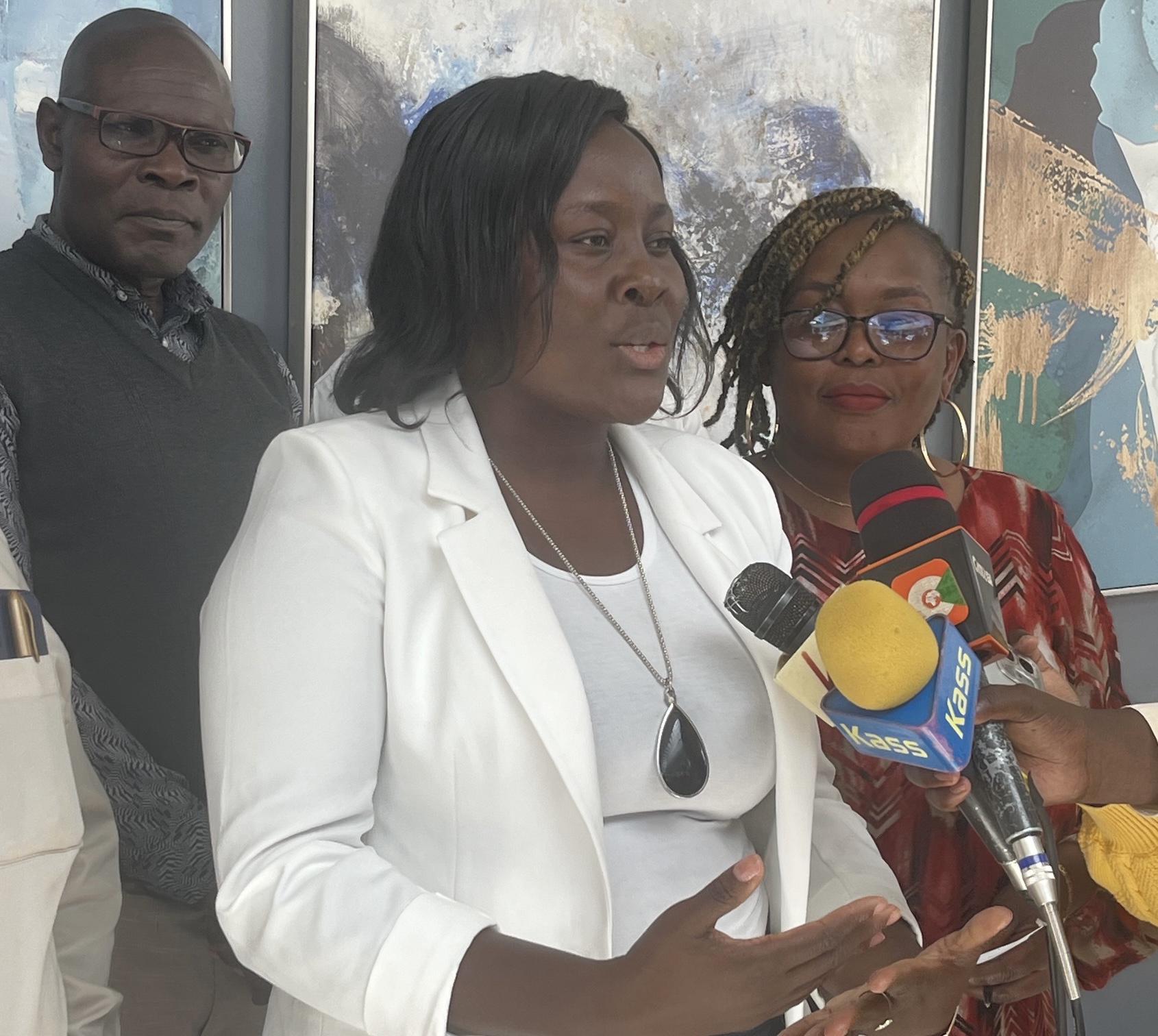
Amref is warning of a possible surge in the spread of 17
Neglected Tropical Diseases (NTDs) with over 25 million Kenyans at risk.
According to Amref, currently, 10 million Kenyans suffer from at least one NTD and require treatment especially in 32 counties.
Vincent Ouma who is the NTDs programme manager at Amref, says out of the 21 NTDs listed by the World Health Organization, 17 of them are common in Kenya with some like intestinal worms, jiggers, bilharzia among others quite prevalent in the country.
He says intestinal worms are the most prevalent affecting mostly children.
“The spread of the diseases depends on geographical areas but regions like Western and the Coast are endemic and chances of getting infected are high in such areas,” he said.
He was speaking in Eldoret during a workshop for county heath officials from Trans Nzoia, Bungoma, Vihiga and Kakamega where Amref has been supporting programmes to fight some of the NTDs.
Representatives from the Water, Sanitation, and Hygiene (WASH) alliance are attending he workshop.
With dwindling donor funding, Amref says its time counties and other partners set aside more funds to support the fight and possible elimination of the NTDs which are now a threat to many lives in the country.
“It’s possible to eliminate the NTDs because many other African countries have done it and with the work being done now, it’s possible to do the same in Kenya,” Ouma said.
He said Kenya has earmarked some of the NTDs for elimination like elephantiasis, sleeping sickness among others.
“With increased support from counties and concerted efforts its possible that we will wipe out some of them by the year 2030,” Ouma said.
He said Amref had been carrying out mass drugs administration, treatment, sensitisation on behavioural change and they had committed to continue the fight against the NTDs.
“We are however now calling on counties to focus and invest more on NTDs because the diseases are needlessly affecting many Kenyans yet they are preventable and treatable with drugs available and other activities that can be done to eliminate the same,” Ouma said.
During the meeting, county executives for health and other relevant departments said they were working on increasing funding for the fight against NTDs.
Bungoma Health executive Caro Makali said there was a positive trend in budgeting towards NTDS noting that in 2021, the county had allocated Sh200,000 for the diseases but in the coming budget the allocation had now been increased to over Sh10 million.
“The money is not adequate so far but we are also looking at multi-sectoral approach in the fight. The national government has also played a critical role in the ongoing efforts,” Makali said.
She said bilharzia and intestinal worms were the most common in Bungoma, but donors like Amref had been key in the fight against NTDs supporting the activities by counties.
Robert Wetoti who is the county coordinator for NTDs in Bungoma said they require about Sh30 million annually to effectively fight NTDs in the region through treatment, purchase of dewormers for bilharzia and other activities including community sensitisation.
Coordinator for NTDs in Trans Nzoia Nobert Musudi said several NTDs especially jiggers were prevalent in the county affecting all the 35 wards.
The county he said, requires Sh25 million annually to fight NTDs but Sh12 million had been allocated in the new budget with more support expected from donor partners.
















